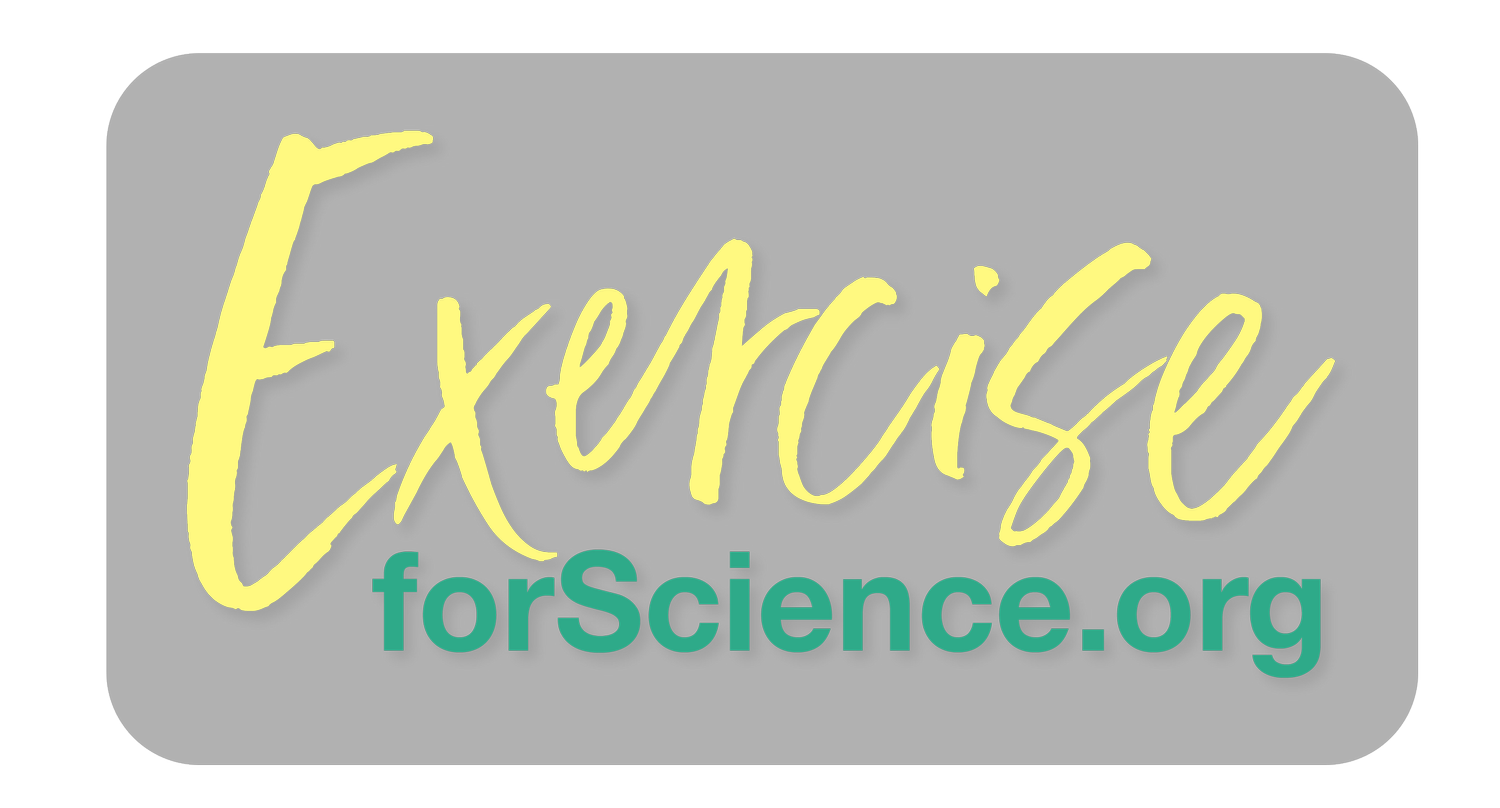Spreading the word... Washington Post features our research
It’s enormously encouraging to see our research beginning to change perspectives around the long term effects of running. An article this week in the Washington Post is another high-profile piece debunking running myths…
In her article ‘Does running really wreck your knees?’ Gretchen Reynolds sets out to highlight the key theme from our knee research, that running actually builds strength and can reverse the early signs of arthritis.
In forming the article Gretchen spoke to both Professor Alister Hart and Johann Henckel on the Exercise for Science team, to explore the origins of our initial joint research and, more importantly, our conclusions.
She also spoke to Jean-Francois Esculier, a clinical professor of physical therapy at the University of British Columbia in Kelowna, who studies running.
The article is a well-rounded summary of the findings from these research projects, conducted on either side of the Atlantic. The message is that while the evidence suggests that running is beneficial for our knee joints, it’s not compulsory.
As we hope to find in our ongoing research, any form of exercise has clear benefits for our health and longevity.
Professor Hart’s response to the article was very positive:
“I like Gretchen’s comment about the initial findings of problems with the patella femoral (knee cap) - problems that we could not ignore. That was why our follow up paper looked at whether these had settled… and we found that they had.
“An alternative way to settle kneecap problems is thought to be cycling, because it is a ‘closed chain’ exercise which helps coordinate our muscles. The closed chain helps with feedback from proprioception, which informs the brain how to send better signals to the muscles. This in turn creates better proprioception and a virtuous loop of increasing coordination. The result is smoother knee motion and load that spreads evenly over the cartilage - including the kneecap cartilage.
“That is one reason for our next area of research moving to cycling. We have submitted our first paper on this and have now delivered MRI scans on 50 men and 50 women cyclists. We’re excited to see what the study brings.”

